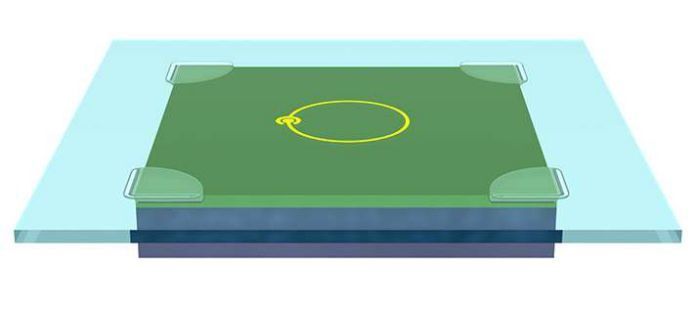YALE scientists have developed an acoustic resonator device with high-frequency version. Scientists achieve this through the piezo-optomechanical device. It gives strong coupling between two systems. Those systems are a superconducting microwave cavity and a bulk acoustic resonator system. According to scientists, the device has the potential to advance quantum computing field and information processing field.
This acoustic resonator gains an exchange of energy and information between the microwave and mechanical resonator systems through the strong coupling. It exceeds the dissipation or diminishing energy of each of the individual systems. Thus, information does not get lost.
It has one unique feature: it can operate at the very high frequency of 10 gigahertz. Thus, it allows for a high signal-processing speed. Its high frequency simply observes the quantum phenomena in experiments. In lower frequency devices, the system cool down to extreme temperatures. Thus, it overcomes thermal noise, which comes from random vibrations from the environment that scramble the signal.
Hong Tang, Jr. Professor of Electrical Engineering & Physics said, “One of the potential applications is information storage. If you have a good coupling and exchange between the systems, then you can store information from the microwave domain in the mechanical domain.”
Scientists noted, “The experiments was not conducted in quantum conditions. The high-frequency piezo-electromechanical device is compatible with superconducting qubits. The unit of information is similar to digital bits in conventional computing. It is an important step to hybrid quantum systems. Thus, it can connect the world between classical and quantum mechanics.”
Scientists are now working on technology to develop a device that uses the mechanical system to convert information from the microwave domain to the optical.
Han said, “If you want to transmit the information signal, you have to use optics. Because optical fiber has very low loss over a long distance.”
